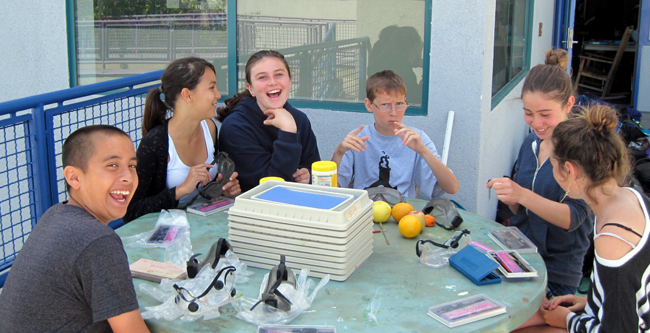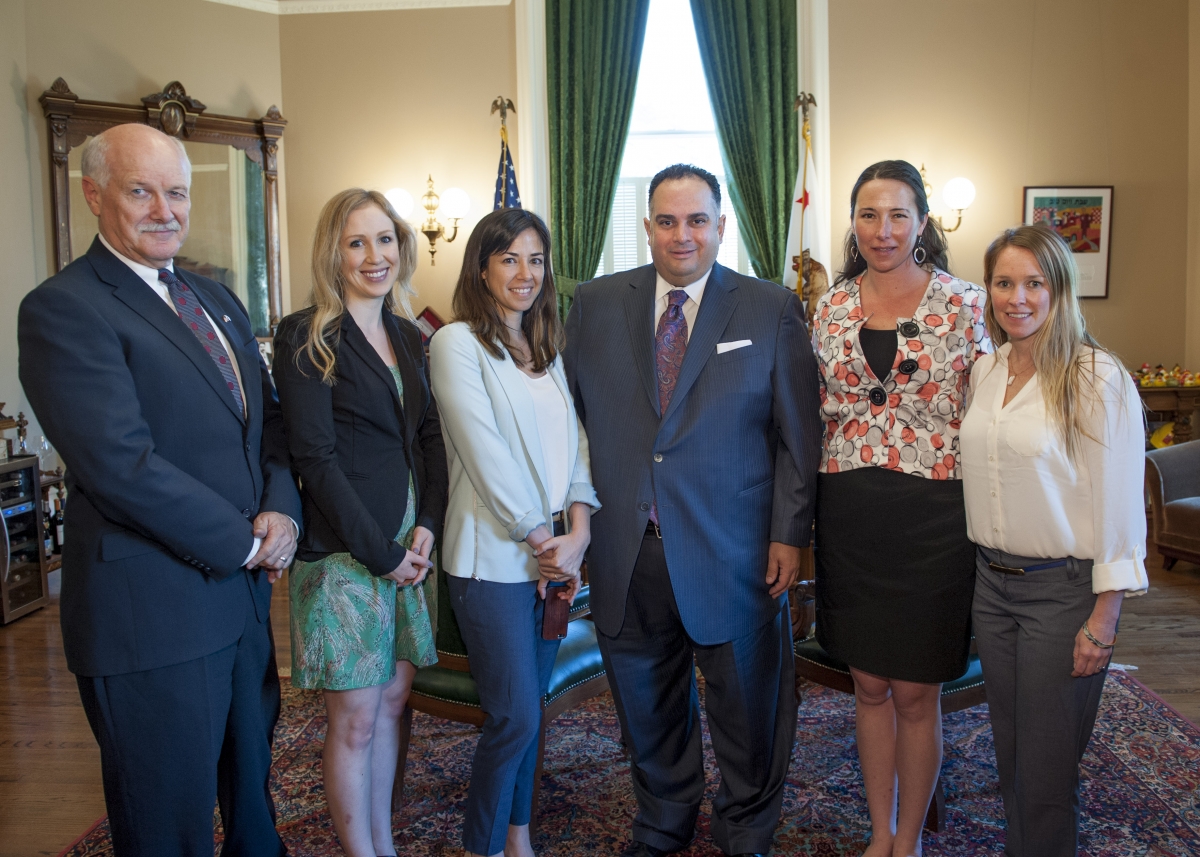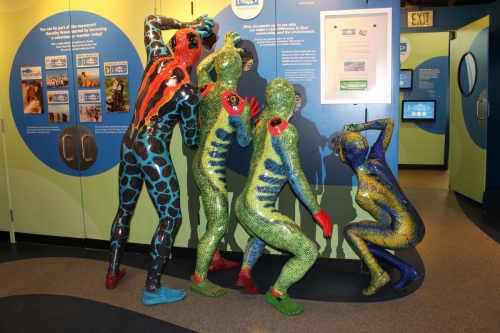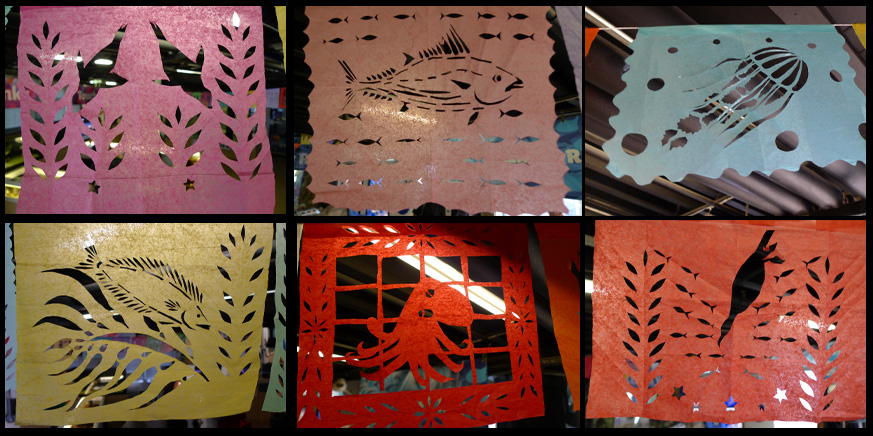Guest blogger Kurt Holland taught science at Santa Monica Alternative Schoolhouse, a public K-8 learning center, for 10 years. A marine science and environmental education leader, Kurt will contribute occasional blogs focused on science education.
As science teachers, parents, and school districts across California vigorously debate the merits of the recently adopted Next Generation Science Standards (NGSS) both the Santa Monica Alternative Schoolhouse (SMASH) and Heal the Bay’s Santa Monica Pier Aquarium have employed these “new methods” for more than a decade with outstanding results, as measured by student engagement, alumni outcomes and traditional testing.
However, the value to young people goes far beyond these measures; “science in action” programs like Key to the Sea, Student Action Teams, and service learning partnerships with our local community equip our students to earn leadership positions early in life by elevating evidence-based argumentation skills, rigorous science inquiry skills, and public speaking practice above rote memorization or test taking.
Effective next generation learning environments like those at the Aquarium/SMASH sound like learners doing most of the talking! During investigations and lessons at SMASH and the Aquarium, small groups may be heard using accurate science vocabulary, considering alternative explanations for their observations, and carefully practicing science and engineering protocols. In numerous cases, students from SMASH’s middle school have deployed these skills in public meetings, at state Fish and Wildlife hearings, and in articles for local newspapers.
Fish and Wildlife managers credit student scientists’ testimony and writing with being “deeply influential” during the protracted effort to create marine protected areas (MPAs) along the Southern California coast in 2010. One burly MPA opponent publicly challenged one SMASH student, Jasper R, suggesting that he was merely parroting his teacher’s views. Jasper quickly set that notion to rest with an articulate and respectful rebuttal. Imagine a world where 14- year-old boys routinely exhibit such poise, consideration, and effectiveness.

These new science standards will allow and encourage similar learning experiences for many children and adolescents. SMASH and Heal the Bay are already producing just such learning experiences; great teachers everywhere know that experience is the real teacher and we are just guides or advisors to learners as they explore the world.
Even adolescents love touching sea cucumbers, examining colorful anemones, or – yes! – kissing sharks. This last activity is not recommended for everyone, but my students loved this for some reason and made it a tradition. Hands-on-activity is encouraged by a new section labeled science and engineering practices (SEPs).
Science in action is one way to think about this hands-on teaching method. Building and physically handling tools or interesting artifacts is fundamental to how new generation learning environments are different from textbook-driven education. At the Aquarium, this practice this looks like kids of all ages using oceanographic tools to measure dissolved oxygen, collecting plankton for analysis, and explaining their results in demanding “lab practicals.” At SMASH this has looked like building underwater robots, testing water quality, and designing experimental equipment like wave tanks and “green surfboards.”
The students’ feelings of empowerment and the critical life-skills habits of initiative, persistence, and striving for continuous improvement are the most lasting impacts of effective Next Generation Science Standards. If such habits are what you want for your learners, then get on down to the Aquarium and develop the partnerships that will make your classroom into a model NGSS learning environment. SMASH students have used these effective habits to win prestigious academic contests like QuikScience, to restore riparian habitats in Malibu Creek, and as launch pads for effective high school experiences at public and independent high schools across the Westside. A former student, Naomi commenting on our experiences with the Aquarium said, “This is teaching us to change the world.”
Call 310-393-6149, ext. 105 to reserve a field trip at the Aquarium. Heal the Bay has many education programs for teachers and kids across all grades.
 A few of our Ocean Day advocates, Heal the Bay’s Sarah Sikich (far right) and Assembly Speaker John A. Pérez (middle)
A few of our Ocean Day advocates, Heal the Bay’s Sarah Sikich (far right) and Assembly Speaker John A. Pérez (middle)


 TOTEM critters explore SMPA’s new watershed exhibit, named for Dorothy Green.
TOTEM critters explore SMPA’s new watershed exhibit, named for Dorothy Green.
